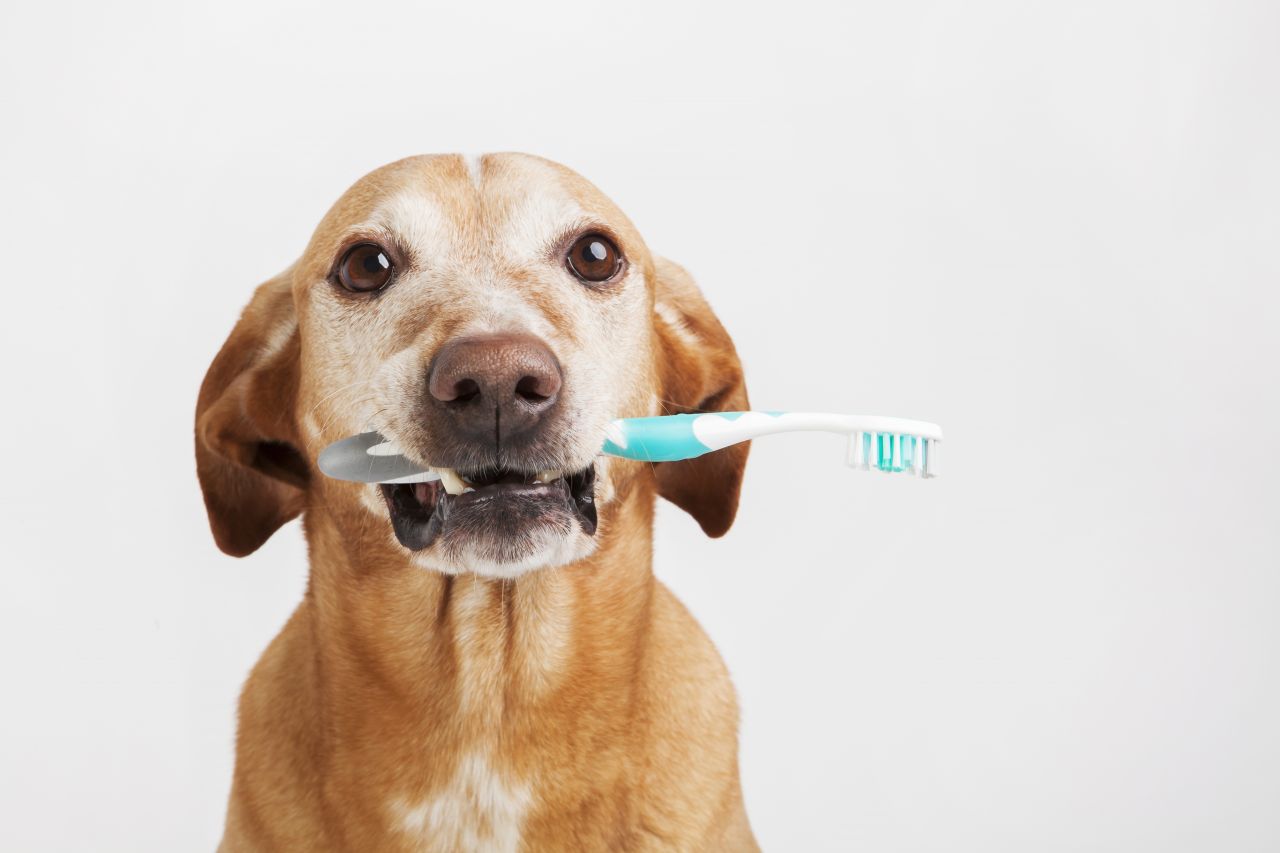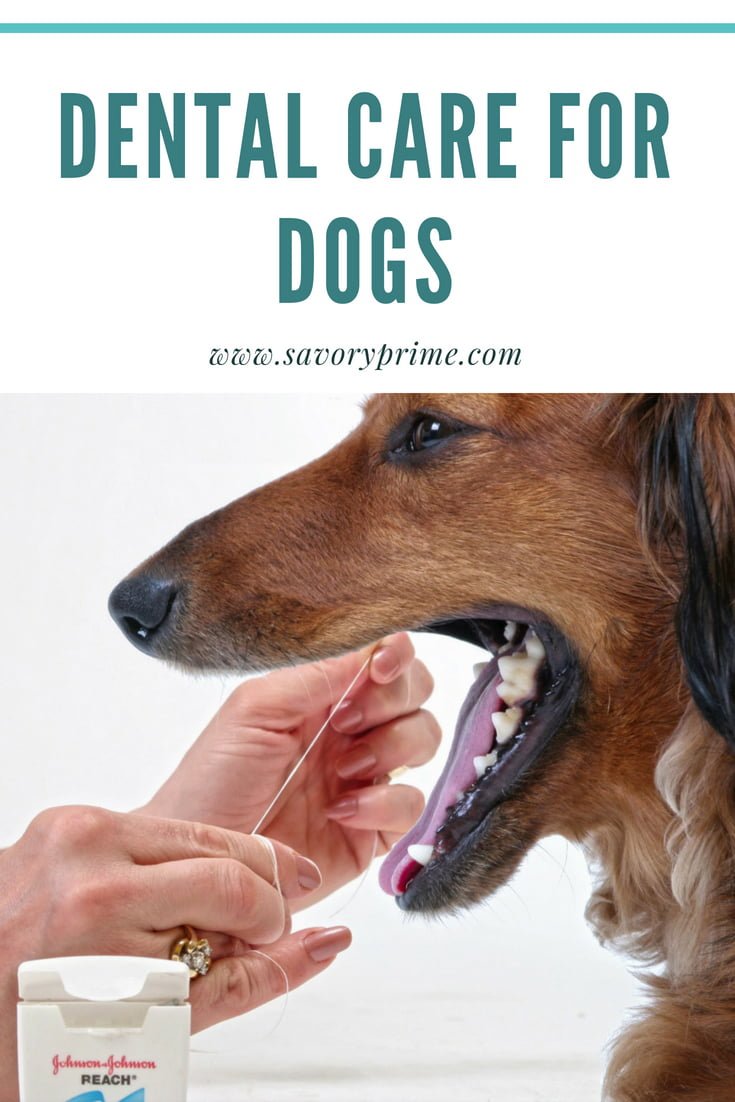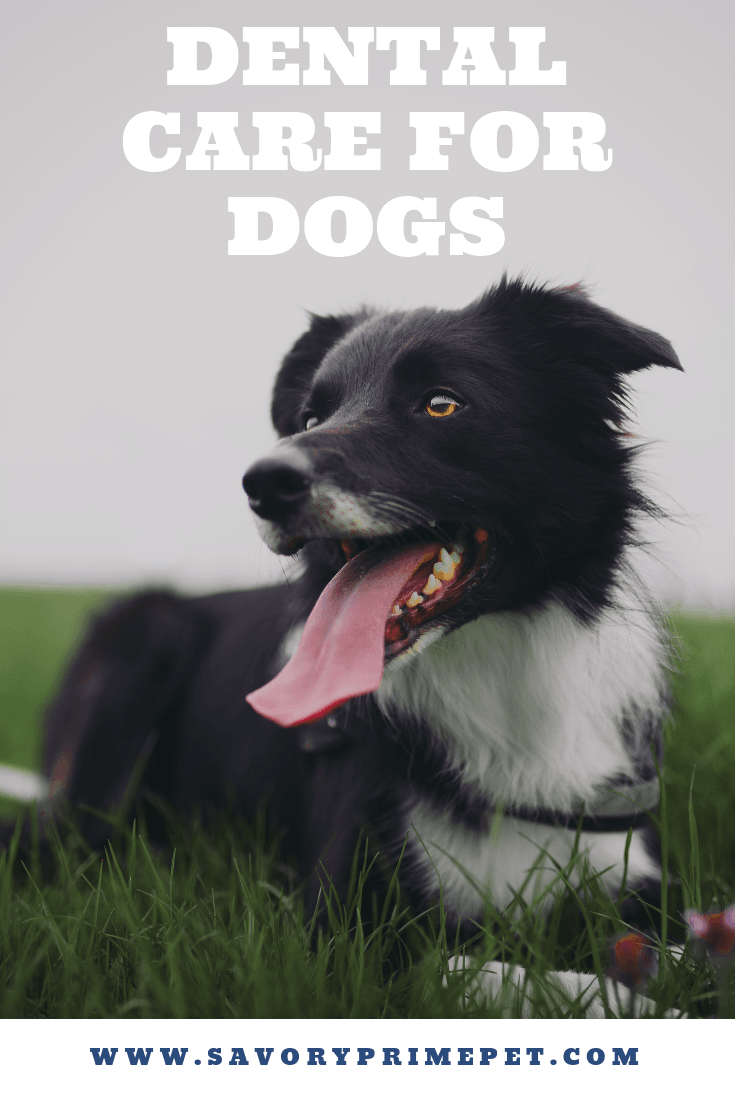Dental care for dogs is crucial, as oral disease is the most common health problem diagnosed in canines. According to the American Veterinary Dental College (AVDC), by the age of three years, most dogs and cats have some evidence of periodontal disease.
Periodontal or gum disease occurs when plaque and bacteria accumulate in the mouth of your dog. This accumulation can lead to the formation of calculus (tartar), which can cause significant damage to the tissues that support teeth, which in turn, may lead to teeth loss.
In dogs, periodontal disease has been linked to several health problems such as diabetes mellitus, as well as, renal, hepatic, and cardiac disease.
Signs of Dental Disease in Dogs
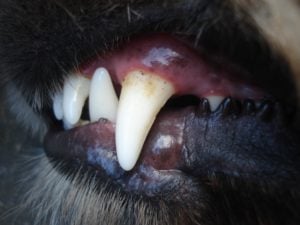
•Bad breath
•Behavioral changes
•Bleeding from the mouth
•Discolored teeth
•Drooling or dropping food from the mouth
•Loose teeth
•Pain when the mouth area is touched
•Weight loss
In most cases, the only evident clinical sign of oral disease is bad breath, for this reason, periodontal disease is usually under-treated, and may cause multiple problems in the oral cavity as well as in other organs.
Prevention of Dental Disease
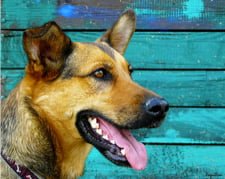
How to Clean Your Dog’s Teeth
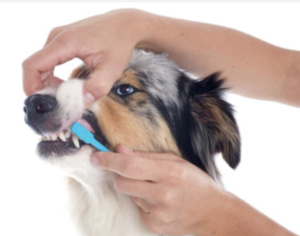
•Use a small toothbrush (for humans or dogs) without toothpaste.*
•Lift at the corner of the mouth with one hand and brush carefully along the line where the gum and tooth meet.
•Brush with an oval motion making sure that you cover all the teeth (or at least most of them).
•Brush all sections of the mouth, including upper and lower teeth.
•Examine your dog’s mouth for any abnormality.
*Applying toothpaste to the brush before you start brushing your dog’s teeth can make the process more difficult because most dogs will try to eat it (as well as the brush!). I recommend brushing your dog’s teeth without toothpaste and applying a small amount of it at the end of the process—this will serve as enzymatic cleaning.
Make sure that you only use “dog toothpaste” because “human toothpaste” can cause gastrointestinal disease in dogs.
Remember that brushing your dog’s teeth at home does not substitute professional dental cleaning—your dog should receive a proper dental examination once or twice a year.
Recent Pet Posts
Blog Categories
Product categories
- Accessories (7)
- Chicken & Veggie Wraps (8)
- Grillers Jerky Tenders (4)
- Jerky Treats (10)
- Made in the USA (9)
- Non-Rawhide Treats (28)
- Beggar Bone (11)
- Bully Sticks (4)
- Butcher Bone (4)
- Cod Skin Fish Treats (3)
- Pork Skin Twists (2)
- Pressed Rawhide Bones & Rolls (16)
- Bones & Rolls (6)
- Pressed Rawhide Bulk (6)
- Twist Sticks (4)
- Savory Munchies (13)
- Supreme Bones & Rolls (48)
- American Rawhide Bulk (16)
- Rawhide Bones (14)
- Rawhide Chips (6)
- Rawhide Rolls & Sticks (12)
- Uncategorized (8)

